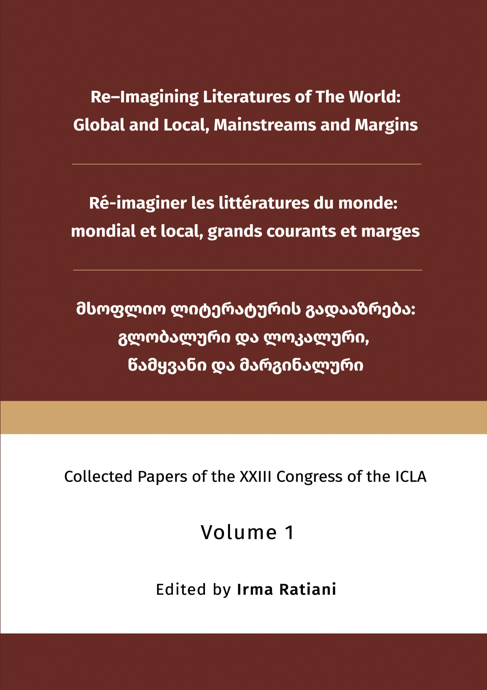Delineation of Inner Spaces and Angst: A Comparative Study of Amrita Pritam’s Pinjar and Bapsi Sidhwa’s Ice – Candy – Man
Main Article Content
Abstract
The recent women writers from India, Pakistan, SriLanka and Bangladesh exemplify the issue of gendered self-representation and feminist concern. Their works realize not only the diversity of wo-men but the diversity within each woman. They are incorporating their experiences to make a new, empowering image for women, instead of limiting the lives of women to one ideal; they push the ideal towards the full expression of each woman’s potential. Indian land is known for its unity and diversity. It has been a witness to the most horrific as well as terrible atrocities that have ever been committed in the history of humanity. The harrowing situation of women during partition has been quite popular among the literary writers. The present study tries to delineate the wounded souls of women during the partition of India in 1947. It has described the condition of women as delineated by Amrita Pritamin Pinjar and Bapsi Sidhwa in Ice– Candy Man. It will also aim at presenting a comparative study as to how both the writers share different pers-pectives of women during partition in their masterpieces-Pinjar and Ice-Candy-Man respectively. In both the novels we get a clear glim-pse of the atrocities of partition and the ultimate tragedy shattering the lives of women across the boundaries. Both the novelists have described the pangs of women’s suffering in a realistic way. Amrita Pritam has tried to present an Indian identity in her description of Pooro’s journey of transformation from Pooro to Hamida, her loss of identity and agony while on the contrary Bapsi Sidhwa has given her own description through the character of Ayah, who was kidnapped by the Ice-Candy-Man.
Though both the novels centre around the theme of partition and the plight of women, their struggle and suffering due to the perpetrators of violence either in the name of culture, religion or societal norms during partition, the writers have tried to analyse the situation in their own way. Of course, in presenting the condition of women during and after the partition both the writers have the same views. However, Sidhwa has delved deeper by depicting the trauma in a more realistic way through her feminist lens. The pre-sent paper intends to present a comparative stance of both the cha-racters –Pooro on the one hand and Ayah on the other in terms of pangs and trauma they suffer in the hands of their near and dear ones against the background of partition.
